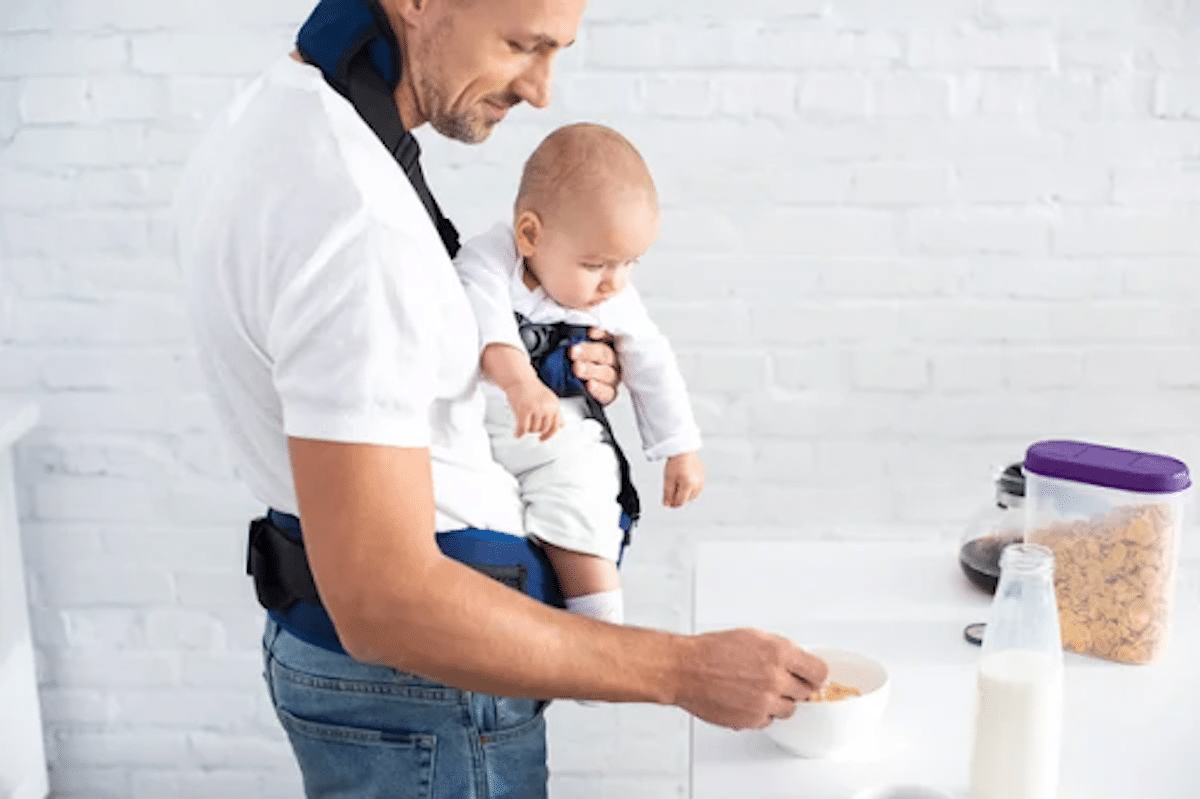Using a baby carrier is a convenient and practical way to carry your baby while keeping your hands free. However, it’s crucial to understand the importance of proper positioning when using a carrier. Proper positioning not only ensures your baby’s comfort and safety but also promotes healthy hip development and bonding between you and your baby.
But, it’s essential to understand the importance of proper positioning when using a top baby carrier in Singapore. Here are some reasons why proper positioning is crucial:
Comfort for Your Baby: One of the most crucial reasons for proper positioning when using a baby carrier is the comfort of your baby. When your baby is in a comfortable position, they’re less likely to fuss, cry or squirm. Proper positioning ensures that your baby’s body is supported in a way that allows them to breathe easily, maintain a healthy posture, and feel secure.
Safety: Another essential reason for proper positioning is safety. A carrier that is too loose or too tight can be dangerous for your baby. If your baby’s head isn’t supported correctly or if its airways are blocked, it can lead to suffocation. Additionally, if your baby’s legs aren’t positioned correctly, it can lead to hip dysplasia, a condition where the hip joint doesn’t develop correctly.
Bonding: Using a baby carrier is an excellent way to bond with your baby. When you carry your baby in a carrier, they’re close to you, and you can talk to them, cuddle them, and make eye contact with them. This helps to promote bonding and attachment between you and your baby.

Proper Positioning for Your Baby Carrier
Keep Your Baby’s Airway Clear: When you’re using a baby carrier, it’s crucial to keep your baby’s airway clear. Make sure your baby’s chin is not tucked into their chest, as this can restrict their airflow. Instead, their head should be in a neutral position, with their nose and mouth clear.
Support Your Baby’s Head and Neck: Your baby’s head and neck are delicate and need proper support when they’re in a carrier. Make sure your baby’s head is supported and their neck is not flopping around. This is especially important for newborns who haven’t yet developed the strength to hold up their heads.
Position Your Baby’s Legs Correctly: When your baby is in a carrier, their legs should be positioned in a way that supports its hips. Make sure their legs are spread apart, and their knees are higher than their bottom. This helps to promote healthy hip development and reduces the risk of hip dysplasia.
Use the Carrier Correctly: Every baby carrier is different, so it’s crucial to read the instructions carefully before using it. Make sure you understand how to adjust the carrier for your baby’s size and weight and how to use the carrier safely.
Check the Fit Regularly: Your baby will grow and change rapidly in the first few months of their life, so it’s important to check the fit of your carrier regularly. Make sure the carrier is still supporting your baby’s head, neck, and hips correctly and that it’s not too tight or too loose.


